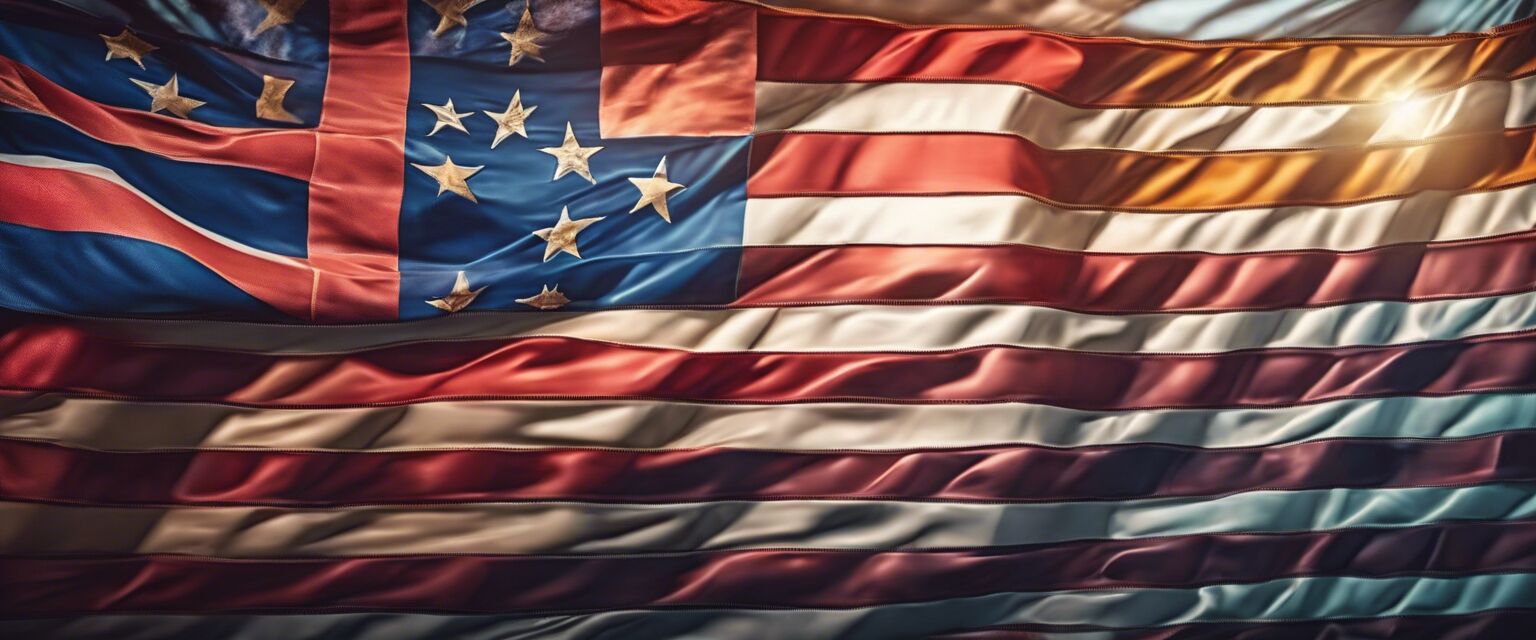
Flag Design
Key Takeaways
- Understanding the principles of flag design is crucial for creating impactful flags.
- Flags should be simple, meaningful, and easily recognizable.
- Color symbolism plays a vital role in flag design.
- There are different types of flags for various purposes, including national, historical, and custom flags.
- Consideration of the flag's intended use will influence its design.
Creating beautiful flags involves a deep understanding of design principles and elements. Flags are not just pieces of fabric; they represent ideas, cultures, and values. In this article, we will explore the essential principles of flag design, the elements that make a flag effective, and how to create your own stunning flags.
Principles of Flag Design
The principles of flag design are essential to ensure that a flag stands out and conveys its intended message. Here are some fundamental principles to consider:
| Principle | Description |
|---|---|
| Simplicity | A flag should be simple enough that it can be recognized quickly and easily. Complex designs can be difficult to identify from a distance. |
| Meaningful | Every element in the flag should have a specific meaning or significance, representing the values or history of the entity it represents. |
| Distinctiveness | A flag should be unique to avoid confusion with other flags. This can be achieved through color, symbols, and patterns. |
| Use of Color | Colors should be used thoughtfully, considering their symbolism and cultural context to evoke the right emotions. |
| Proportionality | Flags should have proportionate dimensions that enhance their visibility and aesthetic appeal. |
Elements of Flag Design
Understanding the elements of flag design can help you create effective and beautiful flags. Here are the key elements:
- Colors: Choose colors that represent your message or entity. For example, blue often symbolizes peace, while red can represent courage.
- Symbols: Incorporate symbols that reflect your values or history, such as animals, plants, or geometric shapes.
- Patterns: Use patterns to add depth and interest to the flag. Stripes, stars, or other designs can enhance recognition.
- Text: If necessary, include text that conveys important information, but keep it minimal to maintain clarity.

Types of Flags
There are various types of flags, each serving a different purpose. Understanding these types can help you decide on the appropriate design for your needs. Here are some common types of flags:
| Type of Flag | Description | Examples |
|---|---|---|
| National Flags | Flags that represent a specific country and its identity. | United States, Canada, Japan |
| Historical Flags | Flags that represent historical events or periods. | Confederate Flag, Gadsden Flag |
| Custom Flags | Flags designed for specific purposes or events, often personalized. | Event banners, family flags |
| Maritime Flags | Flags used at sea for communication and identification. | International Code of Signals flags |
| Sports Flags | Flags used to represent sports teams or events. | Team banners, event flags |
Creating Your Own Flag
Now that you understand the principles and elements of flag design, letâs explore how you can create your own flag. Hereâs a step-by-step guide:
- Define the Purpose: Determine the purpose of your flag. Is it for a national identity, a specific event, or a personal project?
- Research: Look at existing flags for inspiration. Analyze their colors, symbols, and overall design.
- Sketch Ideas: Start sketching different designs. Focus on simplicity and clarity in your sketches.
- Choose Colors: Select colors based on their meanings and how they relate to your purpose.
- Create the Final Design: Use design software or hand-drawing techniques to create your final flag design.
- Test Visibility: Ensure your design is clear and recognizable from a distance.

Tips for Beginners
- Start with a basic design and gradually add elements.
- Keep the flagâs purpose in mind throughout the design process.
- Seek feedback from others to improve your design.
- Experiment with different color combinations to see what works best.
- Use online design tools to visualize your flag before finalizing it.
Conclusion
Flag design is an art that combines creativity with meaning. By understanding the principles and elements of flag design, you can create flags that not only look beautiful but also convey important messages. Whether you are designing a national flag, a historical flag, or a custom flag for an event, the key is to keep it simple, meaningful, and distinctive.
For more information on different types of flags, check out our sections on Custom Flags, Festival Flags, Historical Flags, Maritime Flags, National Flags, and Sports Flags.
Pros
- Flags can represent diverse cultures and values.
- Creating flags can be a fun and engaging project.
- Flags can promote unity and identity.
- Learning flag design enhances creativity.
Cons
- Designing a flag can be challenging for beginners.
- Flags may require multiple revisions to achieve the desired look.
- Misuse or misrepresentation of flags can lead to misunderstandings.








